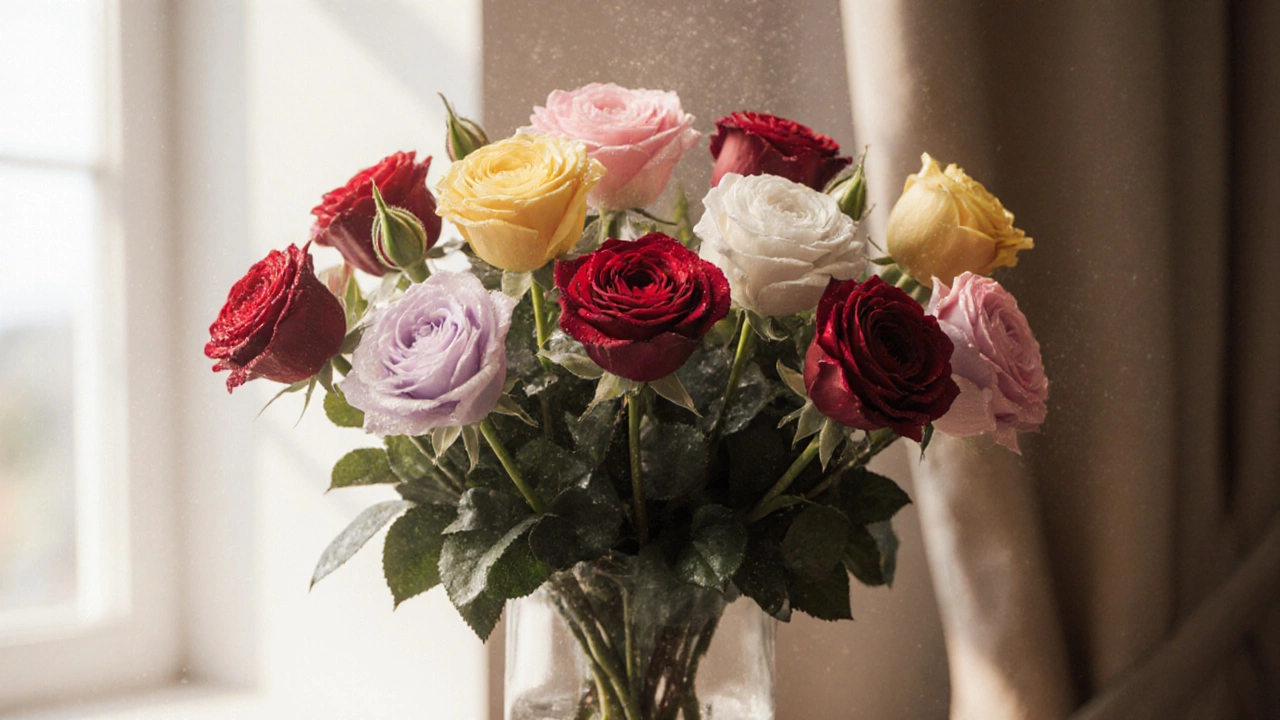Buying Cut Flowers: What Every Bristol Couple Should Know
When planning the perfect wedding look, Buying Cut Flowers means selecting fresh, pre‑cut stems that match your style, season, and budget. Also called floral procurement, it turns ideas into real‑world décor, from bouquets to table arrangements. A solid buying cut flowers plan hinges on three key pieces: the Wedding Flower Budget the amount you allocate for all floral needs, including delivery and waste, the Flower Color Palette the coordinated set of hues that ties your venue, season, and theme together, and Seasonal Sourcing choosing blooms that are in season, which keeps costs low and freshness high. These entities interact directly: a realistic budget shapes your color palette, and a well‑chosen palette guides which seasonal flowers you can source.
How Budget, Color, and Season Blend When You Buy Cut Flowers
First, work out your wedding flower budget. Look at the total number of guests, the size of centrepieces, and any extra pieces like ceremony arches or boutonnières. A typical Bristol wedding spends between 7‑10% of the total budget on flowers, but you can shrink that number by opting for in‑season varieties such as daffodils in spring or sunflowers in late summer. Next, define your flower color palette. Popular 2024 palettes mix soft pastels with bold accents – think blush pink with deep navy – and they influence which seasonal stems are available. If you pick a palette that includes lavender, you’ll likely lean on lilacs or salvias, both of which peak in early summer.
Finally, consider seasonal sourcing. Vendors in Bristol often maintain a catalogue of locally grown roses, peonies, and ranunculus that bloom at peak freshness during the wedding month. By aligning your colour choices with what’s in season, you avoid premium import fees and reduce the carbon footprint of your event. In practice, this means asking your florist: “What’s blooming now that fits our palette?” A knowledgeable florist will suggest substitutions that keep the look cohesive while staying inside your budget. Together, these steps create a smooth buying process: budget sets limits, colour palette directs style, and seasonal sourcing delivers the actual stems.
Beyond the numbers and hues, remember the etiquette around buying cut flowers. Traditionally, the bride’s family covers the ceremony flowers, while the groom’s side may handle reception décor, but modern couples often split costs based on preference. Communicating who pays for what early avoids awkward conversations later. Also, consider whether to order a “dry‑run” arrangement for the ceremony – a small sample that confirms colour accuracy and stem quality before the final bulk order. With these practical tips, you’ll walk into any florist with confidence, knowing exactly what you need, why it matters, and how it fits your overall wedding plan. Below you’ll find a curated list of articles that dive deeper into budgeting, colour theory, sourcing strategies, and etiquette, giving you all the tools to master buying cut flowers for your special day.
What’s the #1 Best‑Selling Cut Flower?
Discover why the rose tops global cut‑flower sales, see how it compares with other top stems, and get practical tips for buying and using the most sold cut flower.
View More